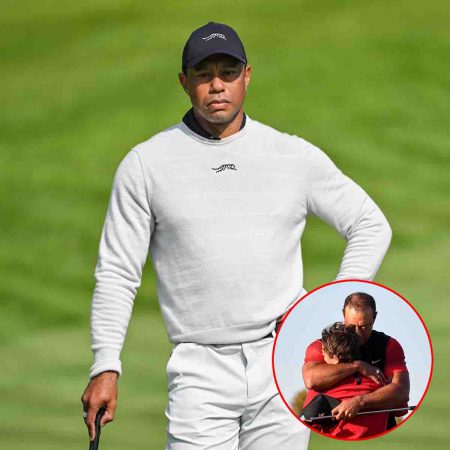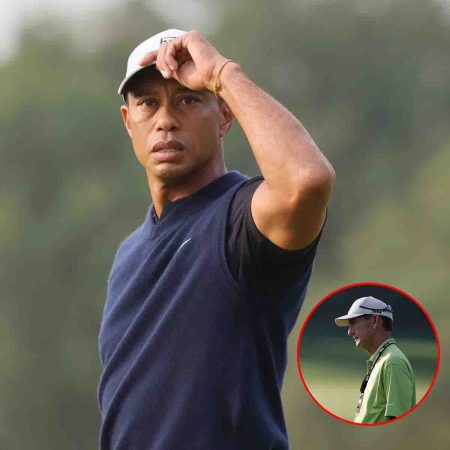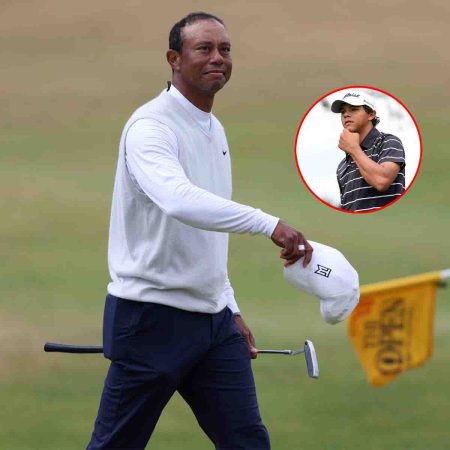/cdn.vox-cdn.com/uploads/chorus_image/image/71827404/1454236379.0.jpg)
Not so long ago, it would have been unthinkable for the Boston Celtics to concede 150 points in regulation to the Oklahoma City Thunder, who were going through a rebuilding process. However, here we are.
For all the positive signs we saw to begin the season, the Celtics have never looked close to replicating the defensive stinginess of last season. We told ourselves things would improve once Robert Williams returned to the rotation, and that’s probably still true. However, there are clearly some flaws in Boston’s current defensive execution that need addressing. Until they are rectified, Williams’ presence will be nothing more than a Band Aid to a larger problem.
When Ime Udoka spoke of Boston finding their defensive identity last season, the message was clear: defense is predicated on effort, communication, and execution — three things that are totally in your control. This season under Joe Mazzulla, the Celtics found early success on the offensive side of the ball, and that comes with certain qualifying factors, such as shot variance, player rhythm, and a consistent commitment to creating for (and trusting) those around you. We’ve seen that play out between the October/November vs. December numbers already.
Mazzulla’s ideas work; we’ve seen what happens when things are clicking, and there is confidence flowing through the rotation. Unfortunately, unlike defense, when that confidence is rocked and shot variance comes into play, a large portion of your success is in the hands of the basketball gods. Hence, a balance needs to be struck. The Celtics need to rediscover their love for shutting teams down; only then will Mazzulla’s offensive principles shine the brightest.

Boston’s recent defensive struggles are clearly a multi-layered conundrum. However, one of the more reoccurring issues is their inability to contain face cuts and back cuts when guarding off-ball threats.
The above play is the second defensive possession of the night against the Thunder and is arguably one of the more promising illustrations of how Boston still has all the tools to be a high-level defensive unit. Oklahoma runs multiple hand-off and flip actions to begin the possession as they look to generate a driving lane. The Celtics switch with ease. Josh Giddey drives, but Jayson Tatum takes away his angle and forces him to pick up the rock. Horford is sticking to his man on the perimeter and contests the jump shot.
The defense flowed, communication was at a peak, and for a moment, the Thunder ran out of ideas of how to carve open the Celtics’ defense. Nevertheless, just two possessions later, cracks began to form, and it began with over-focusing on the ball-handler.
/cdn.vox-cdn.com/uploads/chorus_asset/file/24336012/usa_today_19720384.jpg)
Watch Derrick White on this possession, and take note of where his head is facing for the majority of the possession. Don’t get me wrong: a core part of containing an offense is knowing where the ball is and adjusting your positioning as a result. Still, defenses that communicate at a high level ensure that every pass is vocalized, and players can operate with a sense of having eyes in the back of their heads.
Here, we see White focus on the ball handler’s drive, allowing Kenrich Williams to cut diagonally (45-cut) toward the rim. If White had been focused on his man, he could have slid his feet and killed the cut before it became a problem. Instead, Williams received the pass and got an easy look around the rim. The fact Williams missed his shot is irrelevant; the truth is, he shouldn’t have had such an easy lane to the rack in the first place.
Being face cut and back cut in this manner has been a significant plague on the Celtics’ defense over the past 4-to-6 weeks, with players finding easy lane after easy lane and Boston’s defense looking incapable of putting a stop to it.
Here’s another far less pronounced example. Focus on the movements of Aaron Wiggins, who is wearing the #21 jersey for the Thunder. As Luguentz Dort drives the rock, notice how easily Wiggins ghosts along the baseline to get into a low-post position and box out Jaylen Brown.
It shouldn’t be that easy. There is no reasonable explanation of why Wiggins put himself in position to receive a dump-off pass or challenge for the rebound when Brown was guarding him in the corner just a few seconds earlier. And once the Thunder realized they could penetrate in this manner, they turned up the intensity — I mean, these clips have all been from the first quarter so far.
You can put this clip in the ‘didn’t impact the game, so not a concern’ folder if you wish, but it’s just another example of how easily guys were finding space behind their defender. In this instance, it’s Josh Giddey who takes advantage of a mental pause by Malcolm Brogdon; luckily, Al Horford was consuming Dort, so no pass was made. Still, it’s worth pointing out.
This possession, however, is incredibly impactful for the Thunder’s offense, as they take full advantage of the gaps in the Celtics’ defense, face-cutting Jaylen Brown to get a wide-open lane to the rim for an opportunity at a ridiculously easy bucket. Dort creates the chance by darting towards the ball-handler, threatening a dribble hand-off before quickly changing direction and bursting into the lane, splitting the Celtics at the seems.
It’s moments like these where you collectively sigh and question how much of a confidence-kicker possessions like this must be to the players on the floor.

Here’s another example. This time, Grant Williams is splitting his focus between his man and what’s happening on the weak side, allowing Dort to time his run to coincide with the moment Williams shifts his focus away from his man. A burst of speed allows Dort to curl around his defender, receive a pass, and get a look at the rim.
There are multiple examples you can pull, but the overarching principle remains the same: there’s a lack of focus, communication, and trust within the Celtics’ defense right now, and their inability to verbalize what’s happening around them is opening them up to offensive cutters taking advantage.
Celtics 5-game rolling offensive and defensive ratings. Not really fair to post after giving up the 150 but the overall trendline is still good on defense. pic.twitter.com/TVvgU7NMp9
— Hardwood Paroxysm (@HPbasketball) January 4, 2023
When Boston hit their stride last season, they often spoke of knowing that the guy behind them was capable of mopping up any mistakes and that there was always another defender willing to sink into a driving lane or rotate over to challenge a shooter. They didn’t need to watch the ball because they communicated everything verbally, and the level of trust they had in each other ensured they could hone in on their assignment.
Oklahoma City’s ability to capitalize on momentary lapses from Boston’s defense isn’t a new development — we’ve seen it all season to differing extents. We can talk about switching back to a double-big lineup or how Joe Mazzulla needs to get on his team for their shortcomings, but in truth, this specific issue is easily rectified and can be resolved in a matter of games, but the players need to trust each other.
Last season, Boston ended the year as the best defensive team in the NBA. There haven’t been many turnovers in terms of personnel, and for the most part, the coaching staff remains the same. So, if the Celtics can get back to what made them great, these easy lanes will be closed off; it’s just a matter of when we see them do it consistently and embrace the team they became throughout 2022.
Source: https://www.celticsblog.com







